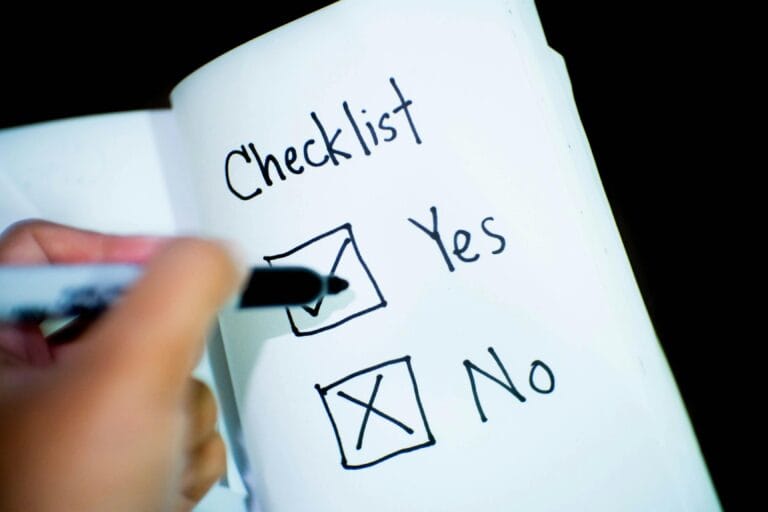What’s the Best Resume Format for Remote Jobs?
Short answer: If you’re using a pretty PDF with columns, you’re probably getting ghosted. Rachel was too—until she found the format and tools that finally got her interviews.
What resume format is best for remote jobs?
Use a clean, reverse-chronological format in Word or Google Docs. Avoid tables, graphics, or unusual fonts. Keep it ATS-friendly.
Why does formatting matter for remote job resumes?
If your resume can’t be parsed by Applicant Tracking Systems (ATS), it won’t be seen by human recruiters.
Rachel’s Resume Wake-Up Call
Rachel had a solid work history, glowing references, and a beautiful Canva-designed resume. She applied to 42 remote jobs in two months. The result? One automated rejection. No interviews. Zero replies.
Turns out, her resume wasn’t just invisible—it was unreadable to the bots. ATS software couldn’t parse her design elements, and her PDF’s formatting buried keywords.
The Format That Actually Works
What changed everything was switching to a standard reverse-chronological resume, created in Google Docs. Here’s what that included:
- Standard fonts like Arial or Calibri
- No tables, columns, or embedded images
- Keyword-aligned job titles and skills
- Active verbs and quantifiable outcomes
Once she uploaded that version to The Ladders, things changed fast. She got three replies within 10 days.
Rachel’s Experience
“I thought a pretty resume would stand out. I didn’t realize most platforms couldn’t even read it. Once I went basic and focused on content—not design—I actually got interviews.”
This matches what hiring managers say: they want clarity and relevance, not creativity. Especially in remote-first roles, where hundreds apply per post, formatting can make or break visibility.
What Tools Rachel Used
- The Ladders: A trusted job board where resumes are seen by real recruiters, not filtered out by default.
- NordVPN: Gave her access to U.S.-only job listings from Canada—something she didn’t even realize she was missing until she used it.
These tools helped her surface her resume to the right jobs, in the right regions, with the right visibility.
What ATS Actually Looks For
Applicant Tracking Systems (ATS) scan your resume for keywords and basic layout rules. If you use design-heavy templates or export from tools like Canva or Photoshop, you risk being unparseable.
Rachel’s new format included:
🚀 FlexJobs Subscription
Curated remote job board with premium listings.
30% off for RWC readers – $29.95.
Get This Deal
🚀 Avast Premium Security
Security suite to keep your remote work devices protected.
Save up to 40% today – $39.99.
Get This Deal
🚀 NordVPN Subscription
VPN for secure remote work connections and privacy.
Up to 63% off annual plans – $59.88.
Get This Deal
- A simple heading with her name, city, email, and LinkedIn
- Clear job history with titles, employers, and years
- A skills section that echoed job descriptions she was targeting
This structure gave ATS tools exactly what they needed—and helped recruiters skim faster once she passed the filter.
In addition, Rachel began customizing her resume for each role. Instead of sending the same version to every listing, she aligned each resume’s phrasing and keywords with the job description. This strategy boosted her ATS scores dramatically, moving her to the top of recruiter dashboards rather than the discard pile.
Common Formatting Mistakes to Avoid
- Headers as images: Some Canva templates embed headings as graphics. ATS bots skip them entirely.
- Over-styled bullet points: Fancy icons or color-coded charts don’t render properly in many systems.
- PDFs with hidden layers: These can break parsing and flatten all text into unreadable blocks.
- Uncommon file types: Stick to .docx or Google Docs. Avoid .pages, .odt, or flattened PDFs.
Remember, simplicity wins in automation. Even a well-qualified applicant can be rejected without human review if the resume fails technical parsing checks.
Still Getting Ghosted? Download This
Rachel’s biggest shift came when she downloaded the Resume Ghosting Survival Checklist. It included formatting samples, tool links, and even follow-up scripts she used to land real interviews.
One of the key insights from the checklist was the importance of tracking which version of her resume got results. Rachel used a spreadsheet to log each submission, noting which formatting, tools, and follow-up emails led to actual replies. Over time, she optimized based on real feedback—not guesswork.
She also started pairing every application with a strategic LinkedIn message when possible. Just one line—”Hi, I just applied for X role and would love to connect.” This step alone boosted her response rate by nearly 30%.







